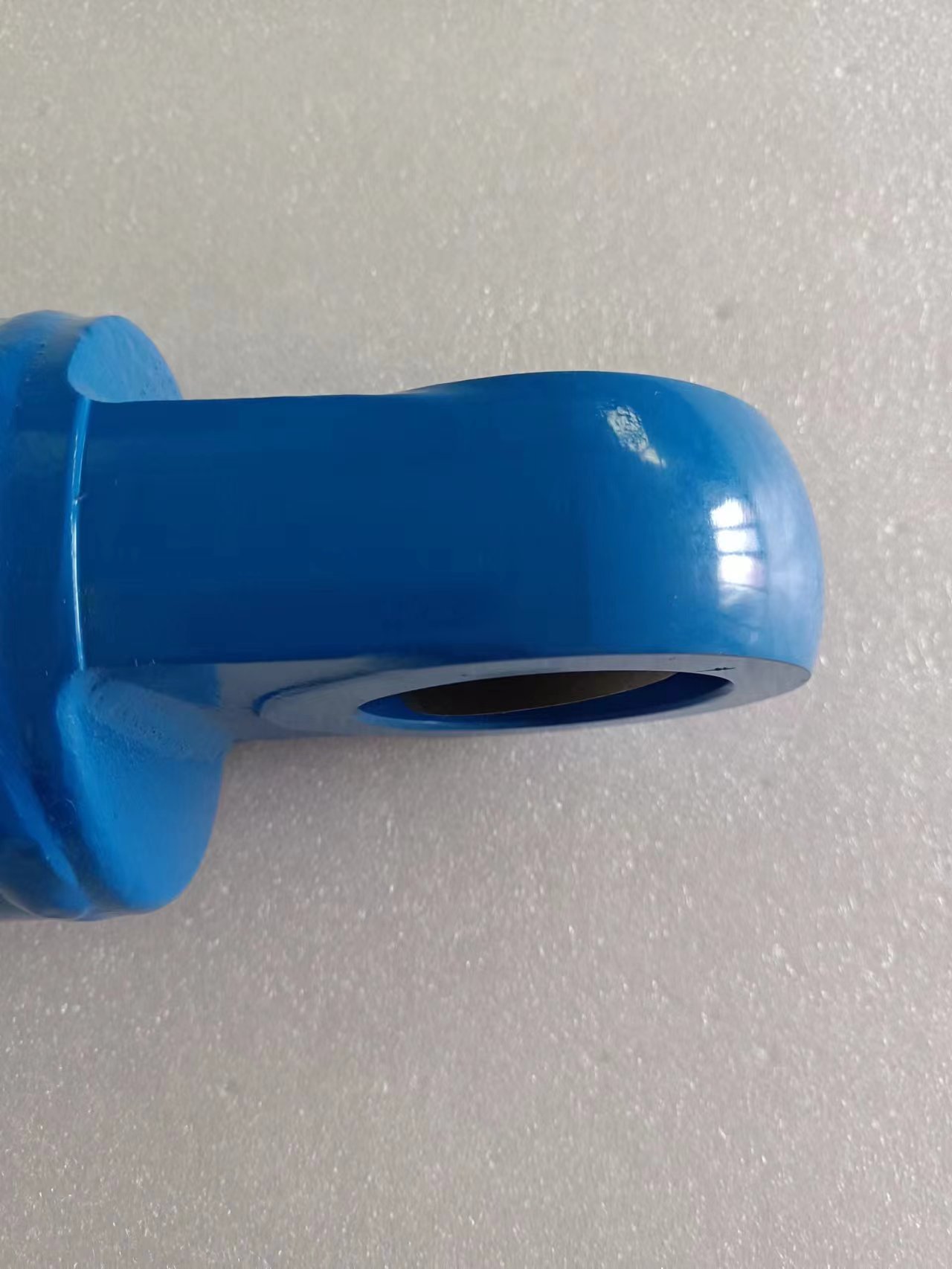Dec . 13, 2024 22:49 Back to list
hydraulic cylinder seals product
Hydraulic Cylinder Seals Ensuring Efficiency and Longevity in Hydraulic Systems
Hydraulic systems form the backbone of many industrial, automotive, and aerospace applications. From excavators to airplane landing gear, hydraulic cylinders play a crucial role in transferring force and motion through hydraulic fluid. However, the efficiency and longevity of these hydraulic systems heavily depend on the quality and stability of the seals employed within the hydraulic cylinders. This article delves into the significance of hydraulic cylinder seals, their types, functions, and best practices for maintenance.
Importance of Hydraulic Cylinder Seals
Hydraulic cylinder seals are essential components that prevent hydraulic fluid from leaking outside the cylinder while ensuring that environmental contaminants do not enter the system. A properly functioning seal maintains pressure, which is crucial for the hydraulic cylinder's performance. Additionally, these seals enhance safety by preventing fluid spills, which could be hazardous in various applications.
Types of Hydraulic Cylinder Seals
Hydraulic cylinder seals can be broadly classified into several categories, each designed for specific functions
1. Static Seals These seals are used in areas where there is no relative motion between the sealing surfaces. Common applications include flanged joints and housing interfaces. Static seals are crucial in preventing leaks and maintaining hydraulic fluid within the system.
2. Dynamic Seals Unlike static seals, dynamic seals are subjected to movement, such as piston rings in hydraulic cylinders. These seals must accommodate movement while maintaining their sealing properties. Dynamic seals are often manufactured from materials that can withstand wear and tear from friction.
3. Rod Seals Located in the piston rod of hydraulic cylinders, rod seals prevent hydraulic fluid from leaking out when the rod moves in and out of the cylinder. They must handle high pressures while maintaining a tight fit with minimal friction.
4. Piston Seals Found within the piston assembly, the function of piston seals is to prevent fluid from leaking past the piston during operation. They must accommodate variations in pressure and ensure efficient transfer of force.
5. Scraper Seals Also known as wipers, scraper seals are designed to keep contaminants, dirt, and debris away from the rod and internal components of the hydraulic cylinder. By preventing foreign particles from entering, scraper seals prolong the life of other seals and components.
Materials Used in Hydraulic Seals
hydraulic cylinder seals product

The effectiveness of hydraulic cylinder seals is largely influenced by the materials used in their construction. Common materials include
- Nitrile Rubber (NBR) Known for its excellent oil resistance and flexibility, NBR is a widely used material for hydraulic seals. - Polyurethane (PU) This material offers superior abrasion resistance and is often used in dynamic seal applications. - Fluorocarbon (FKM) Ideal for high-temperature and chemical-resistant applications, FKM seals are suitable for specialized environments. - PTFE (Teflon) Known for its low friction properties, PTFE is often used in low-pressure applications and in conjunction with other materials for enhanced performance.
Best Practices for Maintenance and Replacement
To ensure the longevity and efficiency of hydraulic cylinders, regular maintenance of seals is essential. Here are some best practices
1. Regular Inspection Periodic inspection of hydraulic seals should be conducted to identify signs of wear, damage, or contamination. Look for leaks, discoloration, or deformation.
2. Proper Installation When replacing seals, ensure that they are installed correctly. Improper installation can lead to premature wear and failure. Tools designed specifically for seal installation can help reduce the risk of damage during this process.
3. Environmental Control Keeping hydraulic systems clean and free of contaminants is critical. Use scraper seals to prevent dirt and debris from entering the system. Regularly change hydraulic fluid to maintain optimal working conditions.
4. Monitoring System Pressure Consistent monitoring of hydraulic pressure can help identify potential issues before they escalate. Abnormally high or fluctuating pressure readings may indicate the need for seal inspection or replacement.
5. Using Quality Components Always opt for high-quality seals from reputable manufacturers. While lower-cost options may seem appealing, they often compromise performance and longevity.
Conclusion
Hydraulic cylinder seals are vital components that ensure the efficient and safe operation of hydraulic systems across diverse applications. Understanding the types of seals, their functions, and best practices for maintenance can help industries optimize their hydraulic systems, reduce downtime, and enhance the lifespan of machinery. By investing in quality seals and adhering to proper maintenance protocols, users can unlock the full potential of their hydraulic systems while minimizing the risk of costly failures.
-
Fork Lift Power Units - Hebei Shenghan | Efficiency, Reliability
NewsJul.13,2025
-
1.5-Ton Turbocharged Cylinder-Hebei Shenghan|Hydraulic Solution,Energy Efficiency
NewsJul.13,2025
-
Auto Hoist Power Units-Hebei Shenghan|Efficiency&Industrial Lifting
NewsJul.13,2025
-
Double Acting Power Units-Hebei Shenghan|Hydraulic Solutions,Industrial Efficiency
NewsJul.13,2025
-
1.5 Ton Lifting Cylinder 70/82-40-290-535 - High-Performance Hydraulic Solution | Hebei Shenghan
NewsJul.13,2025
-
Fork Lift Power Units - Hebei Shenghan | Efficiency&Reliability
NewsJul.13,2025
